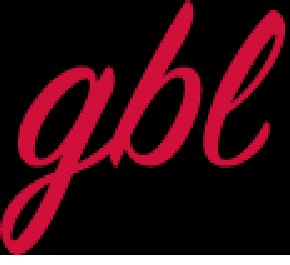We collect basic website visitor information on this website and store it in cookies. We also utilize Google Analytics to track page view information to assist us in improving our website.
How to manage your expenses once you have a babyMonday, April 11, 2022
|
|||
STEP #1
Know your income. It seems like a silly step, but many of us don't know our after-tax, after-deduction income. I mean what lands in your bank account after your income taxes have been deducted, any costs that you pay for a health benefit plan (FYI- that disability insurance that you have through work? lots of us pay for our own disability insurance with after-tax dollars, which is a great thing. And it reduces how much of your salary you take home), and any RSP savings that you do. Know how often you are paid, and convert that into how much lands in your bank account every month. If you are paid bi-weekly, you need to multiply your number by 26, then divide by 12.
STEP #2
Add up your fixed costs. You can break this down either by pay period or by the month. Make sure you correctly account for any weekly or bi-weekly payments (mortgage and car payments often occur like this- we like the feeling of accelerating our mortgage payments and car dealerships like the smaller advertised payments with a bi-weekly or weekly schedule) Anything that is scheduled to go out, or goes out on a regular basis in a roughly predictable amount is a fixed cost. These are costs you have already agreed to. I mean ALL of your fixed costs- mortgage/rent, car payment and cell phone may be the obvious ones. I want you to include your gym membership, Netflix and that life insurance policy that you pay for once a year. I also want you to include amounts for car maintenance and home maintenance. You bought the car- car repairs shouldn't be a surprise. You bought the house- maintenance and repairs are not a surprise. Make sure that your bank account isn't surprised. And if your bank account is surprised in the short-term, while you're getting the hang of your fixed costs- make different choices in your variable spending.
STEP #3
Whatever is left over after adding up your income (either per month or per pay period) and subtracting your fixed costs is available to pay for your variable costs. Variable costs are all of the things that may still occur regularly and may still be essential AND the costs vary enough to make it difficult for most of us to work with a traditional budgeting framework. Gas, groceries and clothes are essential, and they happen regularly....but we often over-estimate how much we're going to spend, or we're trying to use a traditional budgeting framework. We plan out how much we're going to spend on groceries.....we pick up a few extra things on that trip we made while we were hungry......after the month is over, we update our budget.....realize we missed.....and get frustrated and feel like we failed. Don't do that.
Once you know your income and your fixed costs, move the remaining amount over to a different bank account that you only use for your variable costs. Now you know how much you have before your next paycheque, and you can decide ahead of spending whether to shop for clothes, go out for dinner or buy that thing you saw the other week that would look great in your living room. Not in hindsight, foresight. You know you've covered all of your scheduled costs in your main bank account. You now have a bank account that clearly shows you how much is available to cover the costs that you can exercise some control over- either in the timing, the amount or both. |
|||
|
|||
|
|||
|
|||
|
|

|
|
Sara McCullough 83 July 24, 2024 |

|
|
Fraser Lang 1 May 10, 2017 |
